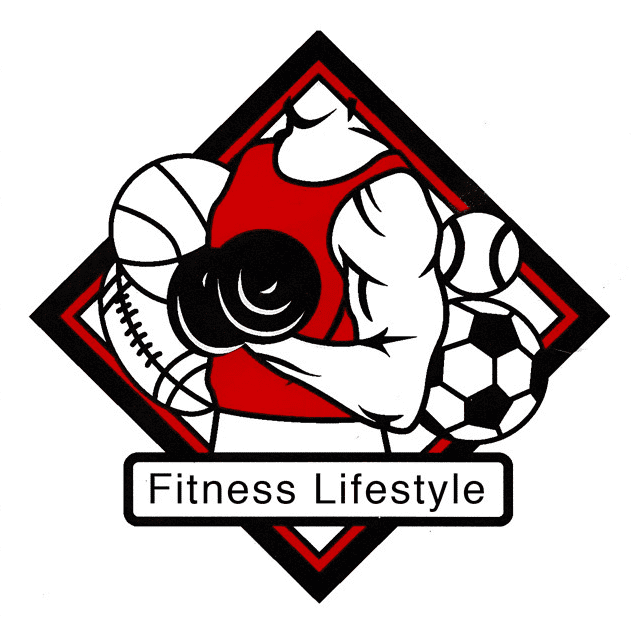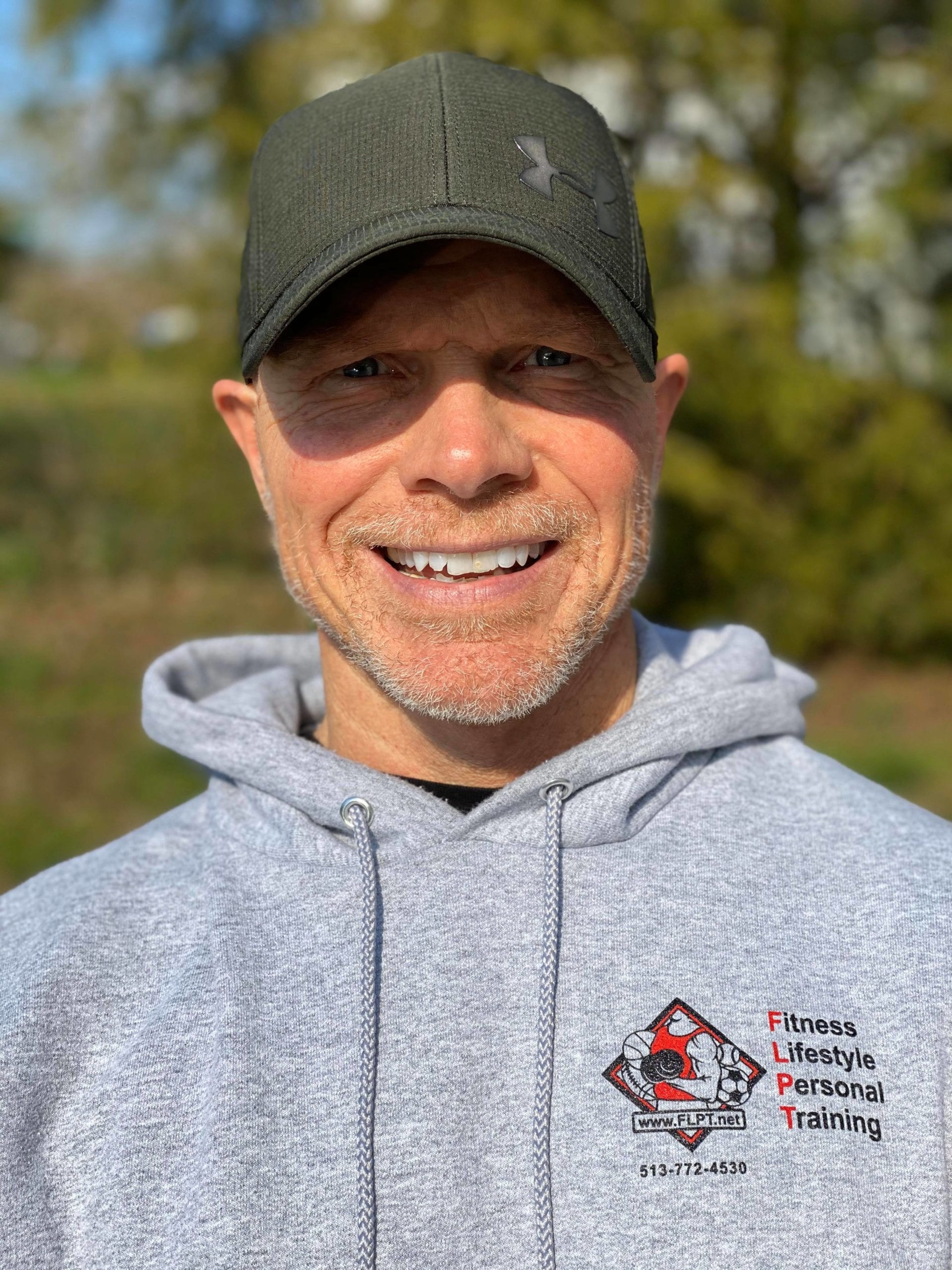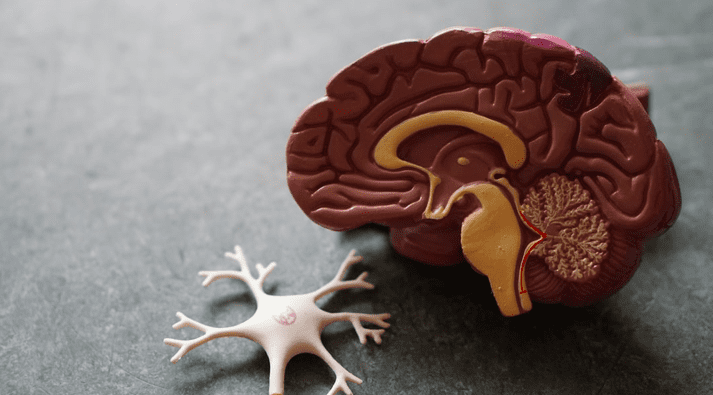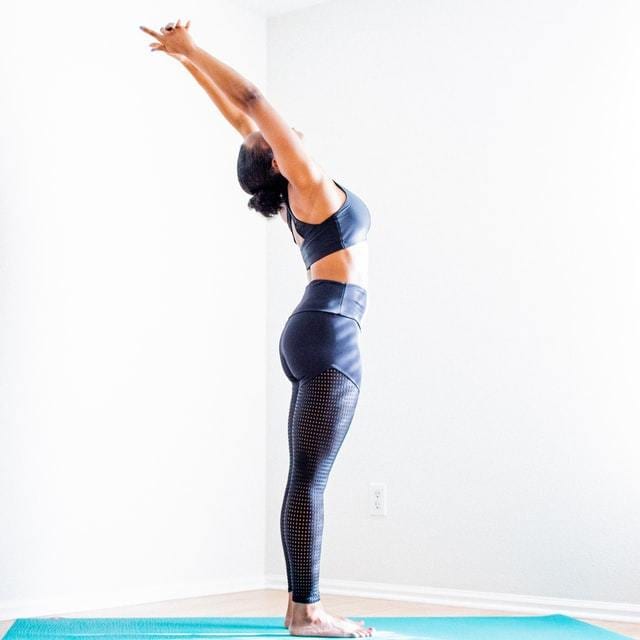We’ll cover the 5 most common ab training mistakes and — more importantly — show you how to fix them. Whether your goal is visible abs, a stronger core, or better overall performance, this guide will identify which ab training mistakes might be holding you back and get you back on track.
Tell me if this sounds familiar… you hit the gym, crank out hundreds of crunches, and yet… that elusive six-pack remains hidden.

Abdominal training is often misunderstood. Many people follow outdated advice, fall for fitness myths, or simply don’t realize they’re sabotaging their own progress by making these ab training mistakes.
The result? Frustration, wasted time, and minimal results.
But here’s the good news: small tweaks in your approach can help you avoid ab training mistakes and lead to big, visible results.
Table of Contents
Mistake #1: Relying on Crunches as Your Main Ab Exercise
For decades, crunches have been hailed as the go-to move for sculpting a six-pack. But while they do target the rectus abdominis (the superficial “six-pack” muscle), crunches are far from the most effective way to build a strong, defined core.
Crunches primarily involve spinal flexion with a limited range of motion. They don’t engage the deeper core muscles responsible for stability and functional movement. Worse, many people perform them incorrectly, straining their necks and lower backs in the process.
If crunches are the foundation of your ab workouts, it’s time for an upgrade.
The fix for ab training mistake #1
Focus on compound core exercises that challenge your entire midsection.
Incorporate exercises that target multiple core muscles and allow for progressive overload:
- Plank variations
- Hanging leg raises
- Cable crunches
- Bicycle crunches (proven to activate more muscle fibers than crunches)
For a scientific breakdown of core muscle activation, refer to this ACE Fitness EMG study.
Mistake #2: Training Abs Every Day Without Rest
Another widespread misconception is that abs are a “special” muscle group that can—and should—be trained every day. The logic goes something like this: since the abs are involved in almost every movement, they need daily attention to grow.
But here’s the truth: abs are muscles, just like your biceps, chest, or quads. They need time to recover and rebuild after intense workouts. Overtraining your abs can lead to fatigue, diminished returns, and even increase your risk of injury, especially in the lower back and hips.
The fix for ab training mistake #2
Instead of daily ab sessions, aim to train your core 2 to 3 times per week, on non-consecutive days. Focus on intensity and progressive overload rather than frequency. Allowing for recovery time between sessions will lead to stronger, more defined abs—and better overall results.
If recovery is a challenge for you, my post on Intuitive Eating for Fat Loss discusses how stress and overtraining can affect progress.
Mistake #3: Ignoring Body Fat Levels
Perhaps the biggest misconception of all is the belief that you can “crunch away” belly fat. This is where many people get stuck. They perform endless ab exercises, hoping to spot-reduce fat from their midsection, only to be disappointed when results don’t follow.
The reality is simple: you cannot out-exercise a poor diet, and you certainly can’t target fat loss to one specific area through exercise alone. Spot reduction is a persistent myth with no scientific backing. To reveal your abdominal muscles, you need to lower your overall body fat percentage.
That means
The fix for ab training mistake #3
Focus on your nutrition and overall energy balance.
A modest calorie deficit, achieved through a combination of healthy eating and increased activity, is essential. Strength training, especially compound lifts like squats and deadlifts, helps build muscle mass and boost metabolism. Cardio can be a useful tool as well, but it shouldn’t be your only focus.
In short: abs are made in the kitchen, revealed through fat loss, and built with smart training. Prioritize overall fat reduction, and your hard-earned ab muscles will eventually make their appearance.
Mistake #4: Doing Endless Reps with No Added Resistance
Many people believe that high-rep ab workouts are the key to definition. You’ve probably seen workouts promising results with “100 crunches a day” or similar gimmicks. While these routines might build endurance, they won’t do much for muscle hypertrophy.
The fix for ab training mistake # 4:
Like any other muscle, your abs require progressive overload to grow. Performing hundreds of reps with minimal resistance won’t create the tension necessary for muscle development. Without growth, even if you reduce body fat, your abs won’t have the depth or separation you’re aiming for.
Gradually increase resistance over time and add external resistance to your ab exercises (e.g., cable crunches, weighted sit-ups). Focus on 8-20 reps per set. By focusing on strength and progressive overload, you’ll build thicker abdominal muscles that “pop” once body fat levels drop.
Mistake #5: Neglecting Core Stability and Function
When most people think of ab training, they picture crunches, sit-ups, and maybe some planks. But true core training goes beyond aesthetics. Your core’s primary role is to stabilize your spine and transfer force throughout your body.
Neglecting core stability can lead to muscle imbalances, poor posture, and increased risk of injury. It also limits your performance in other exercises, from squats to overhead presses.
The fix for ab training mistake # 5
To build a truly functional core, you need to include exercises that challenge your ability to resist movement, not just create it. These are known as anti-rotation and anti-flexion exercises.
Remember: aesthetic abs are nice, but a strong, functional core is invaluable.
Incorporate anti-rotation and anti-flexion exercises like:
- Pallof press
- Bird-dogs
- Dead bugs
- Stir-the-pot planks
RELATED: Want to improve your functional core strength?
Check out my Core & Upper Body Blast Workout
Wrapping It All Up
If you’ve been frustrated with your ab training results, chances are you’ve been making one (or more) of these common mistakes. The good news is, with a few strategic adjustments, you can turn things around.
To recap, here’s how to train smarter for visible, strong abs:
- Don’t rely solely on crunches—use a variety of compound and weighted core exercises.
- Give your abs time to recover between sessions, just like any other muscle group.
- Focus on reducing overall body fat through nutrition and total-body training.
- Use progressive overload to build ab muscle—endless high reps aren’t the answer.
- Train for core stability and function, not just aesthetics.
By addressing these five areas, you’ll not only build better-looking abs but also improve your overall fitness, performance, and injury resilience.
Frequently Asked Questions (FAQ)
1. What are the most common ab training mistakes?
The most common ab training mistakes include relying only on crunches, training abs every day without rest, ignoring body fat levels, doing endless high-rep ab exercises without added resistance, and neglecting core stability and function. These mistakes limit progress and prevent you from seeing real ab definition.
2. Can I train my abs every day?
While it’s tempting to train abs daily for faster results, it’s not effective. Like any other muscle group, your abs need rest to recover and grow. Overtraining can lead to fatigue, plateaus, and even injury. For best results, train your core 2–3 times per week with focused, high-quality workouts.
3. Why aren’t my abs showing even though I work out?
If your abs aren’t visible despite consistent workouts, the issue is usually body fat percentage. You can’t spot-reduce belly fat with ab exercises alone. Visible abs require a combination of building muscle and reducing overall body fat through proper nutrition, strength training, and cardio.
4. Do crunches help build abs?
Crunches can help strengthen the rectus abdominis (the six-pack muscle), but they are not enough on their own. For well-defined abs, you need a variety of core exercises that target different muscle groups, including stability and anti-rotation movements, along with progressive overload.
5. What is the best way to train abs effectively?
The most effective way to train abs is to combine resistance-based exercises (like cable crunches and weighted sit-ups) with core stability drills (like planks and Pallof presses). Focus on progressive overload, proper form, and recovery while managing overall body fat through nutrition.
6. What is the difference between ab exercises and core training?
Ab exercises often focus on the visible “six-pack” muscles, while core training targets the entire midsection, including deep stabilizing muscles like the transverse abdominis and obliques. Effective core training improves posture, balance, and functional strength—not just aesthetics.
7. How can I fix a weak core?
To fix a weak core, incorporate exercises that build both strength and stability. Anti-rotation moves like the Pallof press, planks, dead bugs, and bird-dogs are excellent choices. Strengthening your core will improve performance, posture, and reduce injury risk.
<script type="application/ld+json">
{
"@context": "https://schema.org",
"@type": "FAQPage",
"mainEntity": [
{
"@type": "Question",
"name": "What are the most common ab training mistakes?",
"acceptedAnswer": {
"@type": "Answer",
"text": "The most common ab training mistakes include relying only on crunches, training abs every day without rest, ignoring body fat levels, doing endless high-rep ab exercises without added resistance, and neglecting core stability and function. These mistakes limit progress and prevent you from seeing real ab definition."
}
},
{
"@type": "Question",
"name": "Can I train my abs every day?",
"acceptedAnswer": {
"@type": "Answer",
"text": "While it’s tempting to train abs daily for faster results, it’s not effective. Like any other muscle group, your abs need rest to recover and grow. Overtraining can lead to fatigue, plateaus, and even injury. For best results, train your core 2–3 times per week with focused, high-quality workouts."
}
},
{
"@type": "Question",
"name": "Why aren't my abs showing even though I work out?",
"acceptedAnswer": {
"@type": "Answer",
"text": "If your abs aren’t visible despite consistent workouts, the issue is usually body fat percentage. You can’t spot-reduce belly fat with ab exercises alone. Visible abs require a combination of building muscle and reducing overall body fat through proper nutrition, strength training, and cardio."
}
},
{
"@type": "Question",
"name": "Do crunches help build abs?",
"acceptedAnswer": {
"@type": "Answer",
"text": "Crunches can help strengthen the rectus abdominis (the six-pack muscle), but they are not enough on their own. For well-defined abs, you need a variety of core exercises that target different muscle groups, including stability and anti-rotation movements, along with progressive overload."
}
},
{
"@type": "Question",
"name": "What is the best way to train abs effectively?",
"acceptedAnswer": {
"@type": "Answer",
"text": "The most effective way to train abs is to combine resistance-based exercises (like cable crunches and weighted sit-ups) with core stability drills (like planks and Pallof presses). Focus on progressive overload, proper form, and recovery while managing overall body fat through nutrition."
}
},
{
"@type": "Question",
"name": "What is the difference between ab exercises and core training?",
"acceptedAnswer": {
"@type": "Answer",
"text": "Ab exercises often focus on the visible six-pack muscles, while core training targets the entire midsection, including deep stabilizing muscles like the transverse abdominis and obliques. Effective core training improves posture, balance, and functional strength—not just aesthetics."
}
},
{
"@type": "Question",
"name": "How can I fix a weak core?",
"acceptedAnswer": {
"@type": "Answer",
"text": "To fix a weak core, incorporate exercises that build both strength and stability. Anti-rotation moves like the Pallof press, planks, dead bugs, and bird-dogs are excellent choices. Strengthening your core will improve performance, posture, and reduce injury risk."
}
}
]
}
</script>


), //www.fitnesslifestylellc.com/wp-content/uploads/2024/10/3076514.jpg))

), https://www.fitnesslifestylellc.com/wp-content/uploads/2024/10/3076514.jpg))













